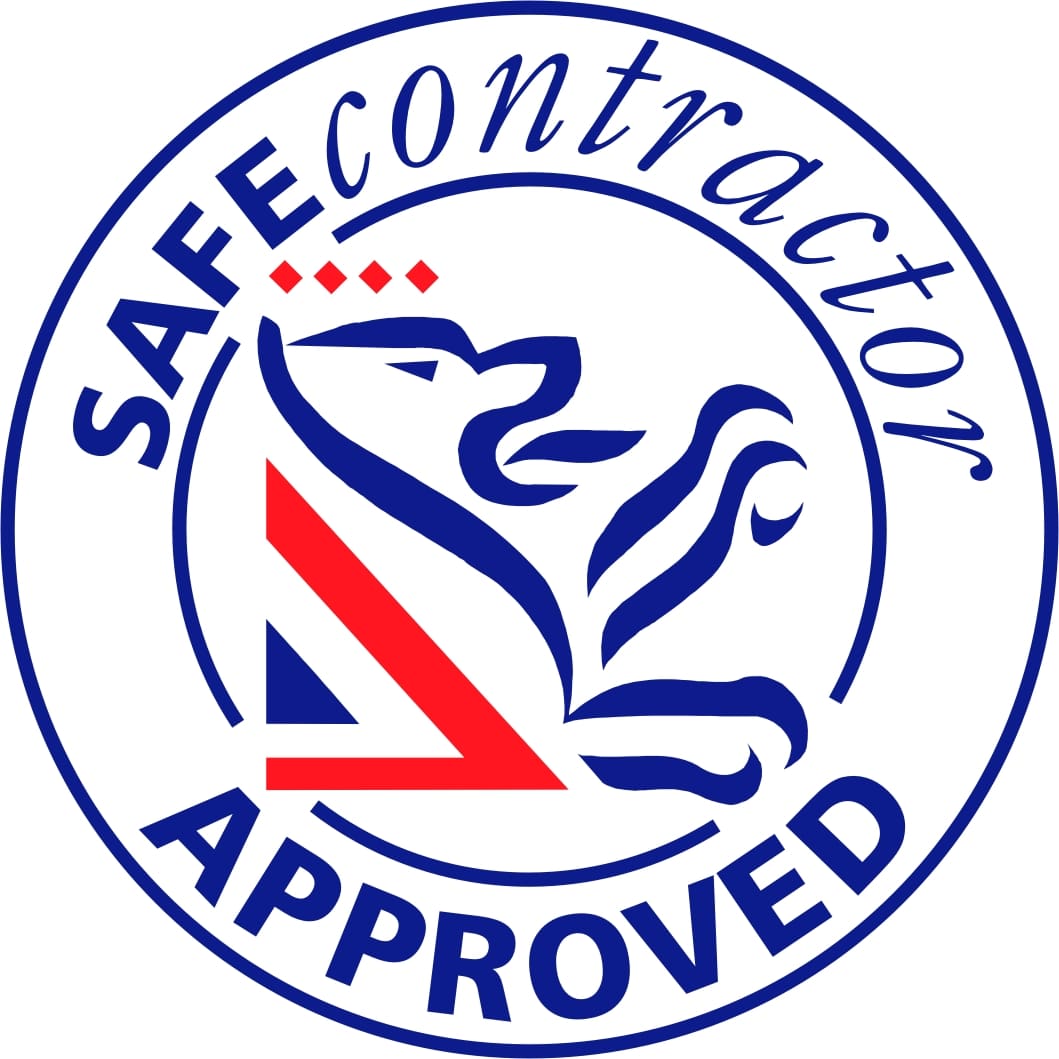
Sign up for future insights
No spam. Just the latest market insights by Seguro in your inbox each week.
Construction companies encouraged to attend safety event
With the majority of workers being killed or injured on construction sites coming from small/medium sized companies, they are being encouraged to attend a health & safety awareness event in Aberdeen on 17th September 2014.
The event organised by the HSE will focus on safety issues for construction workers, especially groundworks.
Isabelle Martin, HSE Principal Inspector, said:
“Incidents at the groundworks phase, for example trench collapses, can often be fatal, so it is vital that managers and company owners understand how to reduce risks on their sites.”
The event aims to give practical advice and guidance on issues that can impact on a business and ultimately lives.
The safety and health awareness event will be held in the Engineering Lecture Theatre of Scotland’s Rural College’s Cruickshanks Building on the Craibstone Estate, Bucksburn, Aberdeen AB21 9TR on Wednesday, 17 September 2014 .
For more information contact Barbara Bell at barbara.bell@hse.gsi.gov.uk, telephone: 0141 275 3068.
Share this post
Copy link



















